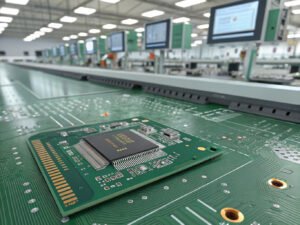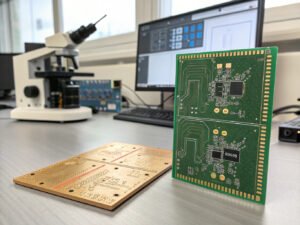Field-Programmable Gate Arrays (FPGAs) and microcontrollers are both integral components in modern embedded systems, often referred to as "miniature computers" that are embedded within a wide range of devices and products. While they share similarities, there are key distinctions that set them apart.
The primary difference lies in their flexibility. FPGAs can be programmed and reconfigured after manufacturing, giving users the ability to modify the hardware itself, which is why they are termed "field-programmable." In contrast, microcontrollers offer a more limited customization scope, mainly on a software level. FPGAs are also capable of processing parallel inputs simultaneously, whereas microcontrollers handle data sequentially, processing one instruction at a time.
Due to their greater level of customization, FPGAs come at a higher cost and present a steeper programming learning curve. On the other hand, microcontrollers are more cost-effective and easier to program, but offer less flexibility when it comes to hardware customization.
Neither FPGA nor microcontroller is inherently "better" — the choice between the two depends on various factors such as the complexity of the task, the need for customization, cost constraints, and the desired performance. Understanding these factors is essential when selecting the right solution for your project.
What is a Microcontroller?
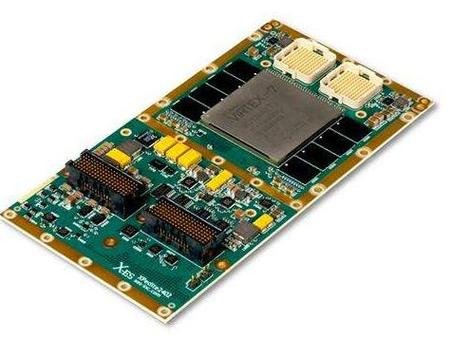
A Microcontroller (MCU) is essentially a compact, self-contained computing unit designed to control specific functions within embedded systems. It consists of the core components found in a typical computer, including a Central Processing Unit (CPU), Random Access Memory (RAM), and input/output interfaces. However, unlike desktop computers that can run a wide range of software, microcontrollers are specialized for executing a single program or task.
Microcontrollers are often used to automate tasks or respond to user inputs, performing repetitive functions either autonomously or on-demand. These devices are typically embedded within a variety of products, from consumer electronics to industrial machinery and medical devices. Operating with low power consumption — typically measured in milliamps — microcontrollers are highly energy-efficient, making them ideal for battery-operated devices.
Thanks to their cost-effectiveness and simplicity, microcontrollers are widely used in countless everyday devices. Here are some common consumer products that incorporate microcontrollers:
- Keyboards
- Monitors
- Printers
- Copiers
- Fax machines
- Telephones
- Remote controls
- Microwave ovens
- Washing machines and dryers
- Lawn sprinklers
- Children's toys
Beyond consumer products, microcontrollers are also embedded in critical systems such as:
- Traffic lights
- Automotive engine control systems
- Power tools
- Implantable medical devices
These examples illustrate the ubiquity of microcontrollers in modern life. Each microcontroller serves a specific, often repetitive function, using feedback control systems to operate automatically (such as in traffic lights), or responding to user inputs like button presses or switches (as in microwave ovens, washing machines, and remote controls).
What is a Field-Programmable Gate Array (FPGA)?

A Field-Programmable Gate Array (FPGA) is a more advanced and versatile device than a microcontroller, offering a higher level of customization. Unlike traditional chips, which are typically pre-programmed, FPGAs can be reconfigured by the user after manufacturing. This key feature allows for hardware modification even after the device has been purchased, making FPGAs highly adaptable.
Engineers particularly value FPGAs for developing and prototyping custom integrated circuits (ICs). For instance, companies like Intel use FPGAs to streamline their prototyping processes. FPGAs are also useful because the systems embedded with them can be updated without requiring a complete hardware overhaul. This flexibility makes FPGAs ideal for scenarios where future modifications or enhancements are anticipated.
A notable example of this is in the automotive industry. For instance, if regulations require a faster processing speed for rear-view cameras, manufacturers using FPGAs can simply reprogram the FPGA in each camera, avoiding the cost and complexity of installing entirely new hardware. This ability to upgrade existing systems makes FPGA technology a highly cost-effective solution.
How Does an FPGA Work?
FPGAs consist of a large array of programmable logic blocks, which form the core of its hardware structure. Unlike traditional chips, FPGAs are not pre-configured to perform any specific function during manufacturing. Instead, they are left in a blank state, allowing the user to configure and reconfigure them based on their needs.
This configuration process is achieved using a hardware description language (HDL). The logic blocks within an FPGA, such as AND and XOR gates, can be interconnected in various ways to perform complex operations. Modern FPGAs come with numerous logic gates and RAM blocks, enabling them to support sophisticated computational tasks. Some FPGAs also feature analog-to-digital (ADC) or digital-to-analog (DAC) converters, making them similar to Field-Programmable Analog Arrays (FPAAs) in their versatility.
Similarities Between FPGAs and Microcontrollers
Both FPGAs and microcontrollers share a fundamental purpose: to allow manufacturers or users to determine the functionality of the device. Both are embedded into various systems and applications — from traffic lights to home appliances. This versatility is why they are so widely used across industries.
At a glance, FPGAs and microcontrollers may seem similar. They both consist of small, square, flat chips with programmable pins around the edges. Both devices are essentially miniature computers that are programmed for specific functions. However, while both devices share this underlying principle, they are not intended for use as personal or desktop computers. Instead, they are designed to execute specific tasks, with the complexity of the operations varying depending on the device.
Key Components
FPGAs and microcontrollers share several fundamental components. Both are integrated circuits (ICs), which are electronic circuits embedded onto a flat semiconductor chip, typically made of silicon. These circuits are capable of performing calculations and storing data. Depending on the design, they can use either digital or analog technologies to process data.
Digital technology in these devices is based on binary logic, using the binary system (ones and zeros) to represent on/off states, enabling the execution of various logical operations. Some FPGAs are even capable of handling analog signals, making them highly flexible and able to process a broader range of inputs.
The concept of “input determines output” is central to both FPGA and microcontroller operations. Understanding the basics of computer logic, such as binary operations, is essential when working with these devices.
One of the standout features of both FPGAs and microcontrollers is their programmability after manufacturing. This allows engineers or end-users to tailor the functionality of the device to meet specific requirements, making these devices applicable in a wide range of industries.
However, FPGAs offer a much higher degree of customization compared to microcontrollers. This makes FPGAs particularly well-suited for complex, high-performance applications, while microcontrollers are generally better suited for simpler, more straightforward tasks. The ability to reconfigure the hardware of an FPGA is what sets it apart and makes it a powerful tool for applications requiring high levels of customization. Conversely, microcontrollers, with their simpler architecture, are ideal for applications where basic functionality is required with lower power consumption and cost.
FPGA vs Microcontroller: Which One Should You Choose?
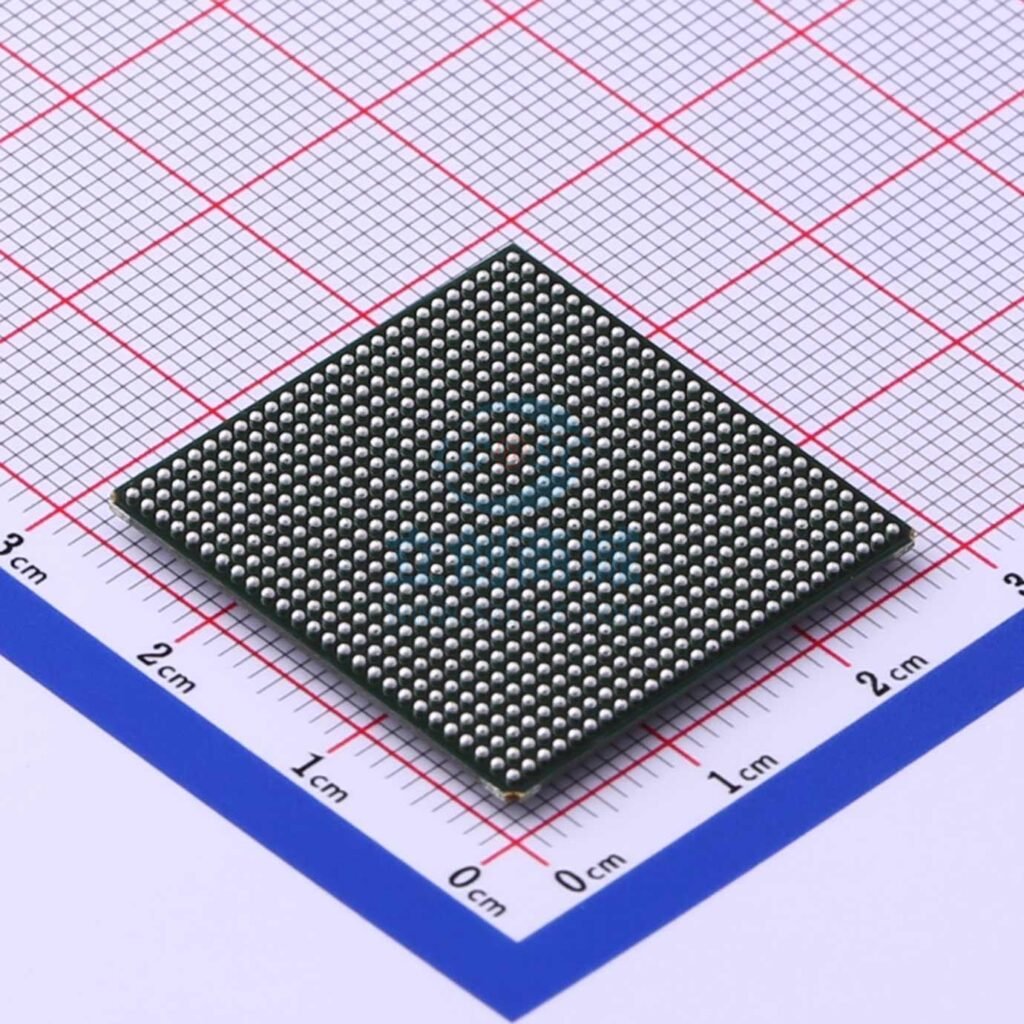
FPGA (Field-Programmable Gate Array) and microcontrollers (MCUs) offer distinct advantages, depending on the application and specific project requirements. They differ in terms of customization, complexity, performance, and cost. Understanding these differences will help you decide which is the right choice for your project.
Characteristics of Microcontrollers (MCUs)
- Ease of Use: Microcontrollers are known for their simplicity. Anyone with basic coding knowledge can program a microcontroller. Common programming languages like C, Python, or JavaScript are used, and there are plenty of online resources and tutorials available for learning.
- Cost-Effectiveness: Microcontrollers are inexpensive due to their mass production and mature manufacturing processes. They are often the go-to choice for cost-sensitive projects that don't require high performance.
- Ideal for Simple Applications: Microcontrollers excel in simple control tasks, such as in home appliances, sensors, and basic input-output operations. For example, a washing machine, an automatic door, or a temperature control system can all be effectively managed by a microcontroller.
- Limited Parallel Processing: Microcontrollers typically process one instruction at a time, which can lead to bottlenecks when performing more complex or multi-threaded tasks. They are best suited for applications with minimal processing demands.
Characteristics of FPGA
- Higher Customization: FPGAs offer much more flexibility compared to microcontrollers. Using hardware description languages (HDL), users can configure FPGAs to implement highly customized functionality. This allows for fine-grained control over hardware behavior.
- Parallel Processing Capabilities: FPGAs are designed for parallel processing, allowing them to execute multiple tasks simultaneously. This makes them ideal for high-performance applications like signal processing, image processing, and cryptography.
- Ideal for Complex Applications: Due to their parallelism and high configurability, FPGAs are well-suited for complex applications that require advanced computing power, such as real-time video processing, automotive autonomous systems, or high-frequency trading.
- Higher Cost: FPGAs generally come with a higher upfront cost than microcontrollers. However, their reprogrammability makes them more cost-effective in industries where hardware might need to be modified after deployment (e.g., compliance with changing regulations).
- Retroactive Modifications: One of the biggest advantages of FPGAs is that they allow for hardware modifications after initial programming. This makes them particularly useful for industries where regulations, standards, or requirements may change over time, and reprogramming the FPGA is more cost-effective than replacing the entire hardware system.
Choosing Between Microcontroller and FPGA for PCB Design
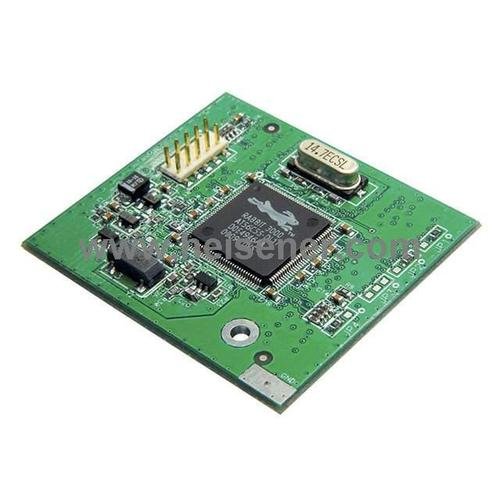
The decision of whether to use a microcontroller or an FPGA in your PCB design depends on several factors:
- Required Complexity: FPGAs can handle multiple tasks in parallel, making them ideal for complex, high-performance applications. They are well-suited for applications that require concurrent processing and high data throughput, such as real-time video analysis or signal processing. On the other hand, microcontrollers process instructions sequentially, making them simpler but potentially slower in handling tasks that require high computational power.
- Skill Level: Programming an FPGA requires a deeper understanding of hardware description languages (HDL) and low-level hardware design. It’s not suitable for beginners or those without experience in hardware design. In contrast, microcontrollers are easier to program, and developers with basic coding skills can start working with them immediately.
- Budget Considerations: Microcontrollers are significantly cheaper than FPGAs, especially when buying in bulk. For simple tasks and small-scale applications, a microcontroller is often the most cost-effective solution. However, if your project might require frequent updates or changes in functionality, an FPGA's reconfigurability could save costs in the long run.
- Need for Retrofitting: If your project may require modifications or updates to the hardware later, an FPGA is the better choice. For example, if regulatory changes or new requirements arise, an FPGA can be reprogrammed, saving time and money compared to replacing hardware. Microcontrollers do not offer this level of flexibility.
- Microcontrollers (MCUs): Best suited for simple, cost-effective applications such as home appliances, sensors, and basic automation. They are easy to program, inexpensive, and ideal for projects with minimal processing demands.
- FPGAs: Best suited for complex, high-performance applications that require parallel processing and high customization. They are more expensive and harder to program but offer greater flexibility and the ability to make hardware-level modifications later on.
Ultimately, the choice between a microcontroller and an FPGA depends on the complexity of your application, your technical expertise, your budget, and whether retroactive changes to the hardware will be needed. For simpler projects or when cost is a priority, a microcontroller is likely the better choice. For more complex, performance-intensive tasks that may require ongoing changes, an FPGA provides more flexibility and power.
Contact CustomPCBA for More Information
Both FPGA and microcontrollers (MCUs) serve a wide range of applications, with their versatility making them suitable for thousands of different uses—many of which we encounter daily. Understanding the similarities and differences between these two technologies will help you determine which is the best fit for your specific needs.
While both FPGAs and microcontrollers are built on similar fundamental components, they differ in terms of customization, complexity, cost, and the level of expertise required. The decision to choose one over the other depends on several factors, as each solution comes with its own set of unique advantages and potential drawbacks.
Whether you're designing a DIY project, prototyping a new product, or looking to streamline a technical process, one of these integrated circuits is sure to be beneficial for your application. If you have any questions about implementing FPGA or microcontroller technology on bare PCBs, please reach out to our experts at CustomPCBA for more information.

